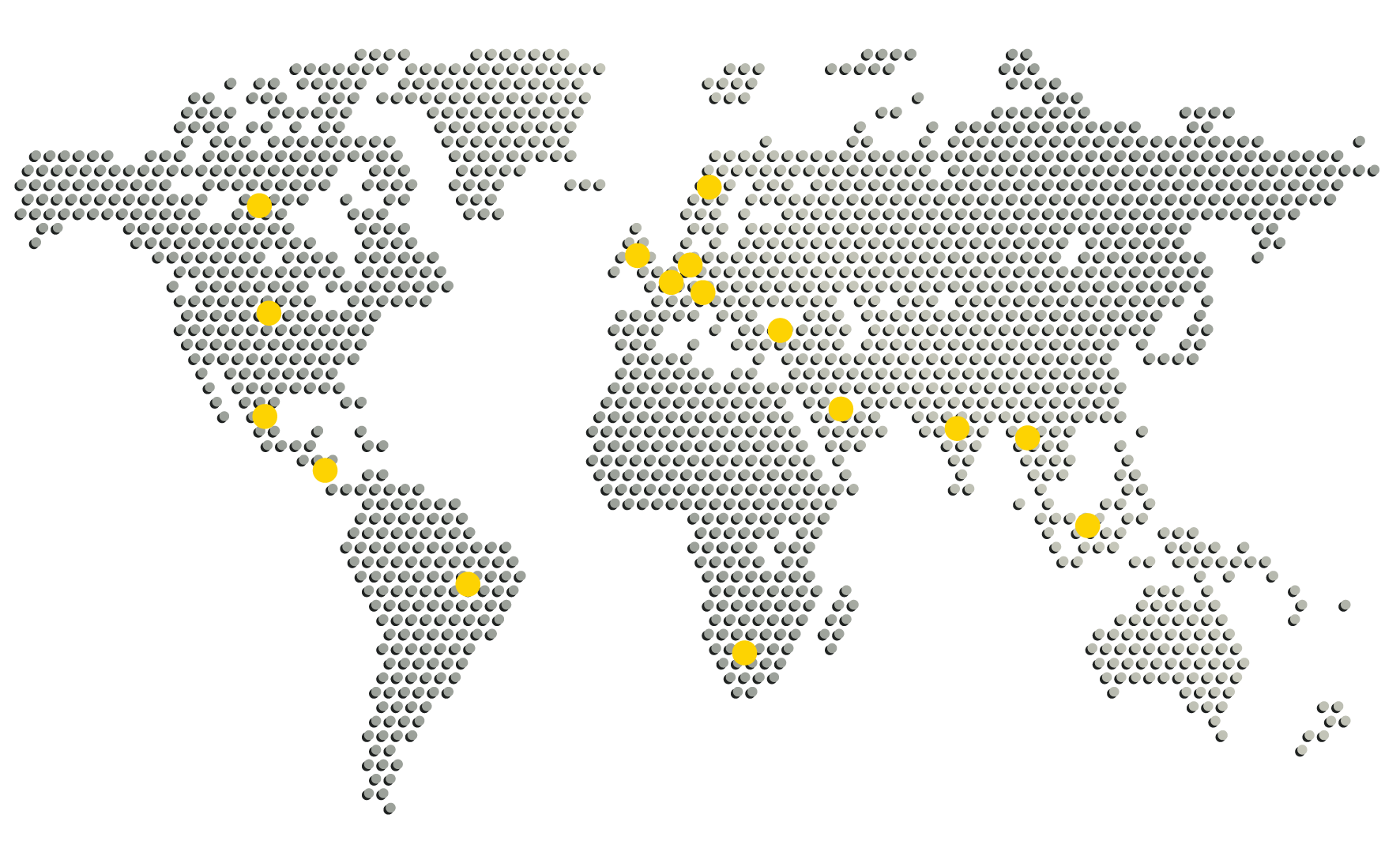- BLOG POST
White Paper- What’s next for Proximity Payments
In recent years, much attention has been paid to the apparently relentless migration of consumers to online, mobile and digital sales channels. Over the same period, there’s been rather less focus on the steady and sustained growth of cashless proximity payments – mobile and card-enabled electronic transactions that are made in person. However, the unwelcome arrival of Covid-19 is rapidly accelerating what was already a profound shift in consumer behaviour. In the process, it’s putting a fresh spotlight on both the immediate and long-term consequences of an increasingly cash-free world.
For all stakeholders in the payment ecosystem, the surging popularity of cashless proximity payments merits careful consideration. New challenges and opportunities are emerging fast. Primarily, that’s because the current uptick is not simply a matter of more contactless transactions being handled by the existing POS infrastructure. In reality, a much bigger story is unfolding. Proximity payments are being revolutionized by an explosion in new use cases, with an ever-more diverse array of enterprises and organizations, most notably SMEs, adopting customer-friendly solutions. The range of transaction values undertaken via electronic proximity payments is also expanding quickly. Active engagement by governments, regulators and other influential players is further stimulating the switch to cashless.
Innovative new technologies are also playing a central role. Most notably, this has seen an inexorable rise in the adoption of mobile POS (mPOS) to both complement and replace legacy fixed terminals. Indeed, such has been the pace and scale of this development, it is more accurate to describe the new wave of compact and portable products as not simply mPOS, but NextGen. As well as offering a wealth of choice in terms of product designs, features and costs, the market for Next-Gen terminals is also characterized by a wide array of distributors. These include both long established players and disruptors such as Payment facilitators and neobanks. What’s more, the emergence of SoftPOS, the smartphone-based payment acceptance technology, shows that the momentum for change is only set to accelerate.
This white paper looks at the deep-rooted trends shaping proximity payments, the impact of the pandemic, and the likely future path of this highly dynamic business ecosystem.

